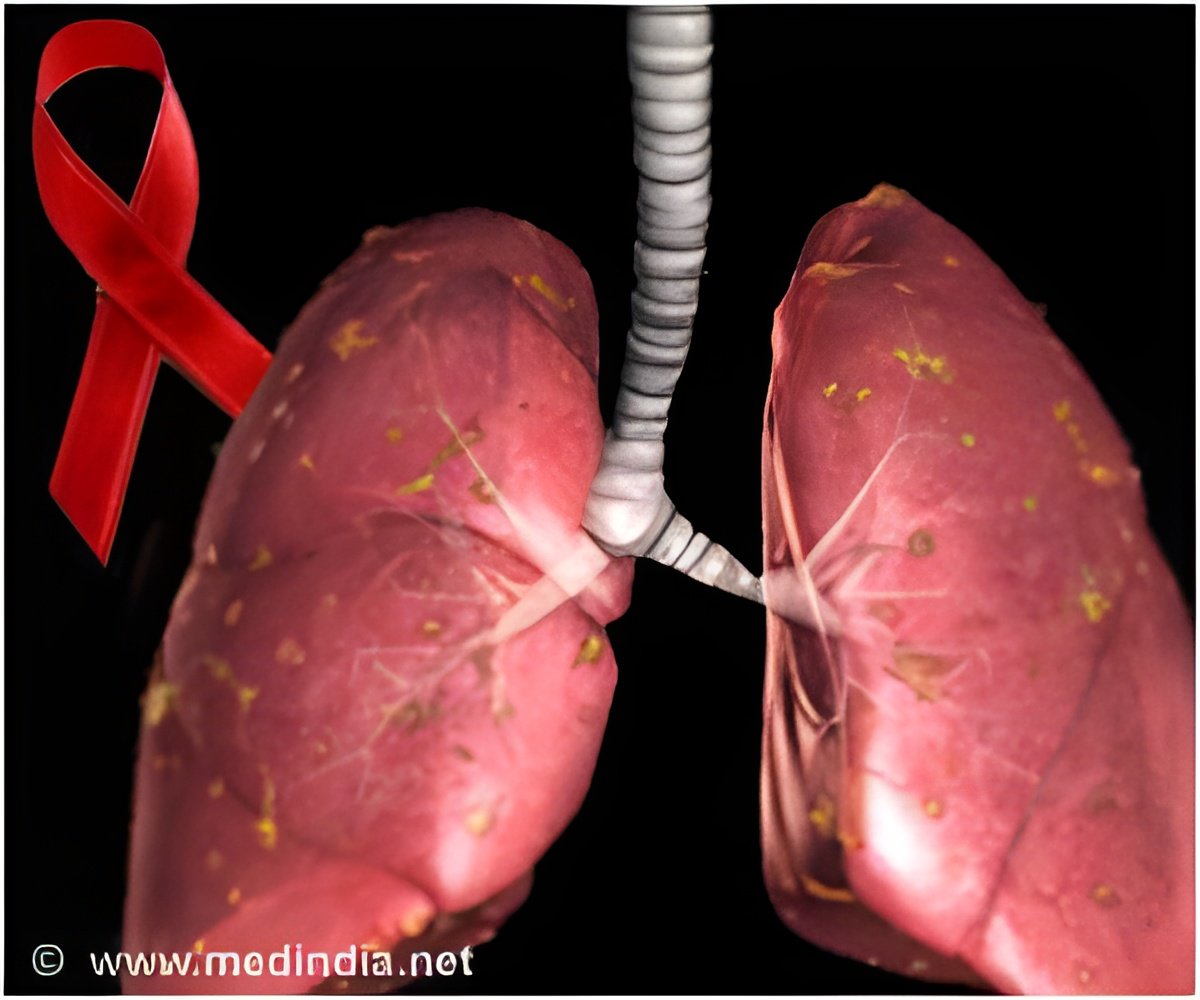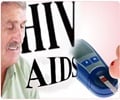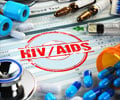Starting combined antiretroviral therapy (cART) against simian immunodeficiency virus (SIV) two weeks after infection may improve outcomes.

‘New study found in the group that started cART at two weeks post infection, chronic immune activation was greatly reduced and latent TB was not reactivated.’
Read More..




“But if they get co-infected with HIV, then there is a high possibility that TB is reactivated and the patient ultimately dies of TB. Our objective is to improve existing interventions or identify new ones to prevent latent TB from being reactivated.”Read More..
To help study what happens in humans, researchers turn to nonhuman primates, which contract simian immunodeficiency virus (SIV), the monkey version of HIV, as well as tuberculosis.
When animals with a latent TB infection start combined antiretroviral therapy (cART) against SIV two weeks after infection, the animals fare much better than if cART is started at four weeks post SIV infection.
“Originally, we did not think that two weeks would make this much of a difference, but to our surprise, it did,” Sharan says. “The findings were very dramatic and clear.”
Specifically, in the group that started cART at two weeks post infection, chronic immune activation was significantly reduced, as was SIV replication, and latent TB was not reactivated as much as in the group that started cART four weeks post infection.
Advertisement
Chronic, or ongoing, activation of an immune response, might sound like it should be a good thing to help fight illness. But it can also play a central role in exacerbating illness.
Advertisement
“This paper adds to the growing body of evidence from our lab that shows chronic immune activation is key to driving reactivation of latent TB,” says Deepak Kaushal, PhD, a professor at Texas Biomed and senior paper author.
“But it is the first to really look at the timing difference for administering ART in animal models, which is will be critical for future studies and helping develop treatments and vaccines.”
The researchers note that the difference of two weeks may not directly apply to humans, in part, because most people are unlikely to be diagnosed and begin treatment for HIV within two weeks of infection.
The real value of the finding is identifying chronic immune activation as the main driver of latent TB reactivation following HIV infection, and now being able to study potential mechanisms for protection.
“Ultimately, we aim to use this information to design a therapy that would enable patients to prevent latent TB reactivation by limiting the HIV-driven chronic immune activation,” Sharan says.
Source-Medindia








